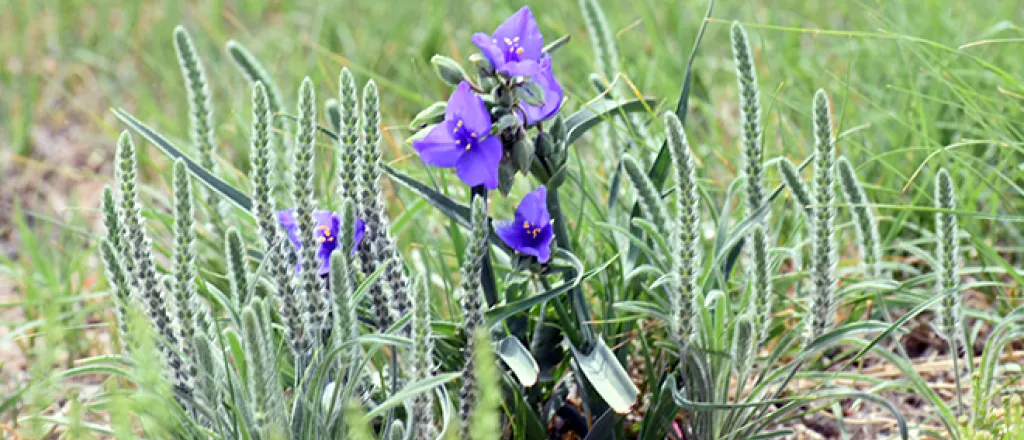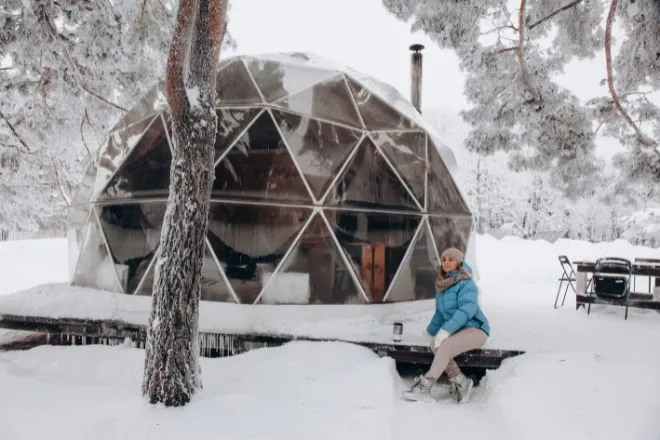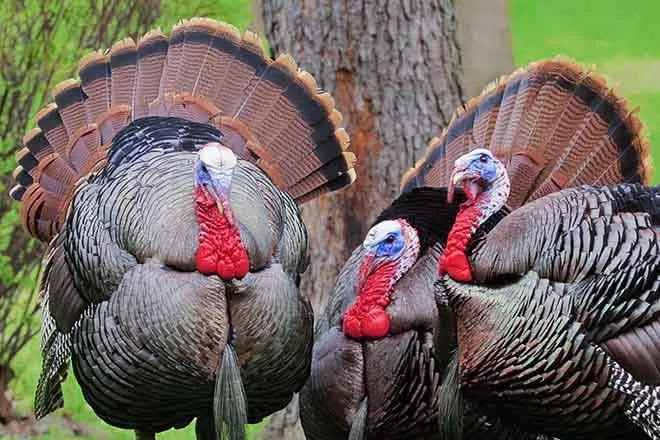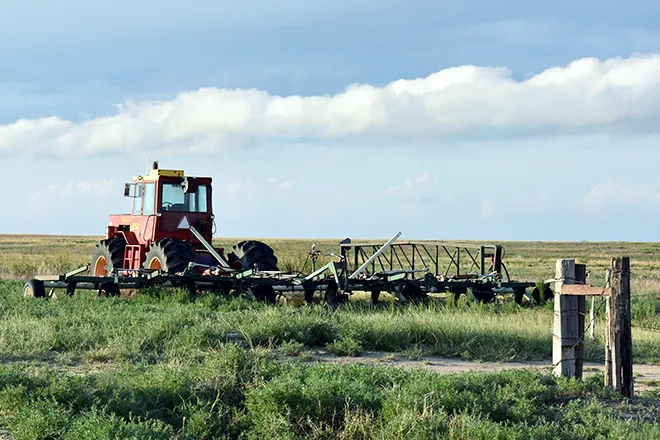
Report: Demand grows for native seed across west, but supply isn't there
(Nevada News Service) New research shows the demand for native seed supply across the western United States has increased, but the supply simply is not there.
Researchers with the National Academies of Sciences, Engineering and Medicine say in the West, extreme weather events driven by climate change are a big threat to native plant communities.
Kayri Havens, senior director of ecology and conservation at the Chicago Botanic Garden and one of the report's authors, called native seed supply critical for restoration efforts. Havens explained with the current insufficient supply, restoration efforts could be faced with the tough decisions to substitute with nonnative species, utilize native species from climatically different environments, or not doing anything at all.
"You really need locally adapted seed to have it succeed over the long term in restoration," Havens pointed out. "I think many of the restoration failures that we have seen over the last 20, 30 years are in part due to not having the correct seed to use."
Havens called native seed "one of the most undervalued natural resources." She noted plant communities provide what she calls "ecosystem services" such as helping prevent floods and helping purify the air; aspects she said are essential for the success of everyone.
The scientists behind the report spent two years studying the nation's supply of native seed, and found significant deficiencies when it came to the nation's pipeline of viable seed. The report called for coordinated leadership between the U.S. Department of the Interior, Agriculture and Defense, while also supporting regional partnerships.
Vera Smith, senior federal lands policy analyst for Defenders of Wildlife, said it will lead to better insight to know what seed is needed, when it is needed and where.
"Our insufficient supply is a major barrier to ecological restoration and other revegetation projects that we need to do across the nation, in order to keep our lands healthy, natural and resilient to climate change," Smith asserted.
In 2002, the U.S. Department of the Interior and Agriculture developed a plan for native seed supply, but the report demonstrated the last two decades have shown the plan needs to be accelerated to meet current needs.

















